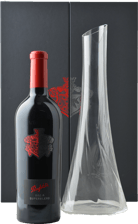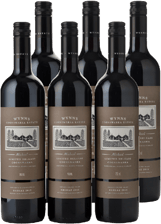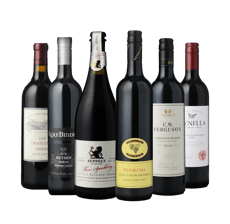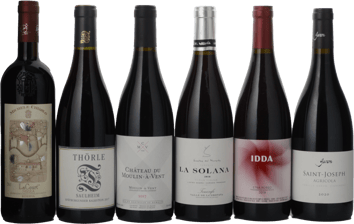Showing 149 products
Page 1 of 7
Showing 149 products
Page 1 of 7
95
EL
92
GP
92
GW
$45.00
97
AC
95
CM
$1,499.00
97
AC
95
CM
$1,499.00
96
JH
95
NB
93
CM
$80.00
96
MB
93
HH
$115.00
96
EL
95
MB
95
HH
$115.00
96
NS
95
HH
95
JF
$110.00
98
RJ
97
JH
97
AC
$630.00
Price reduced from
$700.00
to
98
RJ
97
JH
97
AC
$630.00
Price reduced from
$700.00
to
96
JF
96
NS
96
JH
$270.00
Price reduced from
$300.00
to
96
JF
96
NS
96
JH
$270.00
Price reduced from
$300.00
to
94
JR
92
JD
92
WE
$70.00
94
JR
92
JD
92
WE
$70.00
96
JS
95
JS
94
DE
$275.00
Price reduced from
$370.00
to
96
JS
95
JS
94
DE
$275.00
Price reduced from
$370.00
to
98
HH
97
JP
93
NG
$70.00























